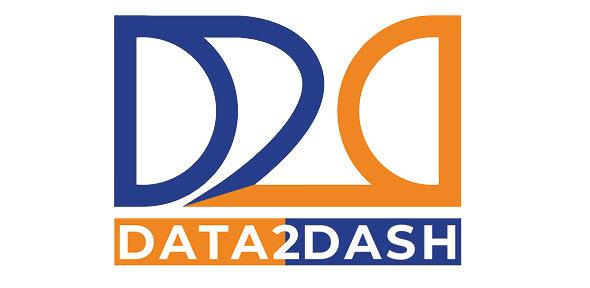
I’m writing this blog following my attendance at the Digital Twin Day organised by the Centre for Digital Built Britain (CDBB) in partnership with the Institution of Civil Engineers (ICE) on September 9, 2019. Those who are not familiar with Digital Twins, as I was, the simplest explanation of this concept is that it is the digital representation of an actual physical asset, it can also apply to potential physical assets, e.g. the simulation, modelling and testing for the planned construction of a physical asset but, can also be the digital representation of people, processes and entire places, similar to the concept of a smart city. For the purpose of this blog, I will focus on the digital representation of physical assets.
The Digital Twin Day was a great introduction to this concept and as I learn more about it, it feeds my mind’s eye through which I can see a whole digital world opening up in front of me that will enable people and organisations to see and monitor digital versions of their assets, ranging from your entire home and what’s in it, to full digital representations of complete cities. This concept promises to deliver some interesting efficiencies, such as being able to monitor asset performance remotely and in real time, as if you are physically there. The data produced from Digital Twins will also enhance monitoring and provide valuable insights into how assets are being used and in what way this impacts performance. This can help devise more effective preventative maintenance plans to increase the lifespan of the asset but, also improve the production of physical assets going forward.
The emergence and evolution of the Internet of Things (IOT) has given and will continue to give impetus to Digital Twins but, for it to be more widely adopted by businesses and non-profit organisations, the hardware and software costs will need to come down further along with a significant investment in people will be required to ensure they have the right skills to make this concept really work. The latter, is from our own experience, the factor that is not focused on enough and all too often organisations are too focused on technology and adopt one bit of new technology after the other, without fully utilising the technology they have and ensuring it is supported by a robust data strategy, well-thought-out and documented processes, which people, across business support functions, have ownership of. This is also fundamental to the Data to Dashboard solutions and Data Strategy consulting we provide to our clients.
Digital Twins have a lot of potential for business and society but, there will be some big challenges along the way that will need to be taken head on for it to be more widely adopted and accepted. Particular caution must be taken with how data from Digital twins that are owned and run by non-profit organisations and are critical for the public infrastructure to run smoothly. This will require strong leadership and vision to ensure the application of this concept does not result in the public infrastructure to be compromised. As governments and non-profits will seek participation from the private sector, a clear data strategy must be devised to ensure ownership and use of the data is safeguarded together with a clear operating model that ensures accountability, which is often overlooked.
Blockchain technology should also be considered in the realisation of Digital Twins, as this technology makes the data used immutable and through the use of a decentralized network and cryptology, it is seen as highly secure. The application of Blockchain has now moved beyond Cryptocurrencies and Blockchain technology is increasingly being used to improve day to day business processes, for instance in the procurement and management of assets. Blockchain
therefore lends itself well to ensure the use of data from digital twins is safeguarded and managed in such a way that organisations can be held accountable.
We live in exciting times and the concept of Digital Twins is testament to that. It is great to see CDBB championing this concept and working with industry to bring this into realisation and we at Data2Dash look forward to supporting this.
Contact:Dirk Holtgreve, |

